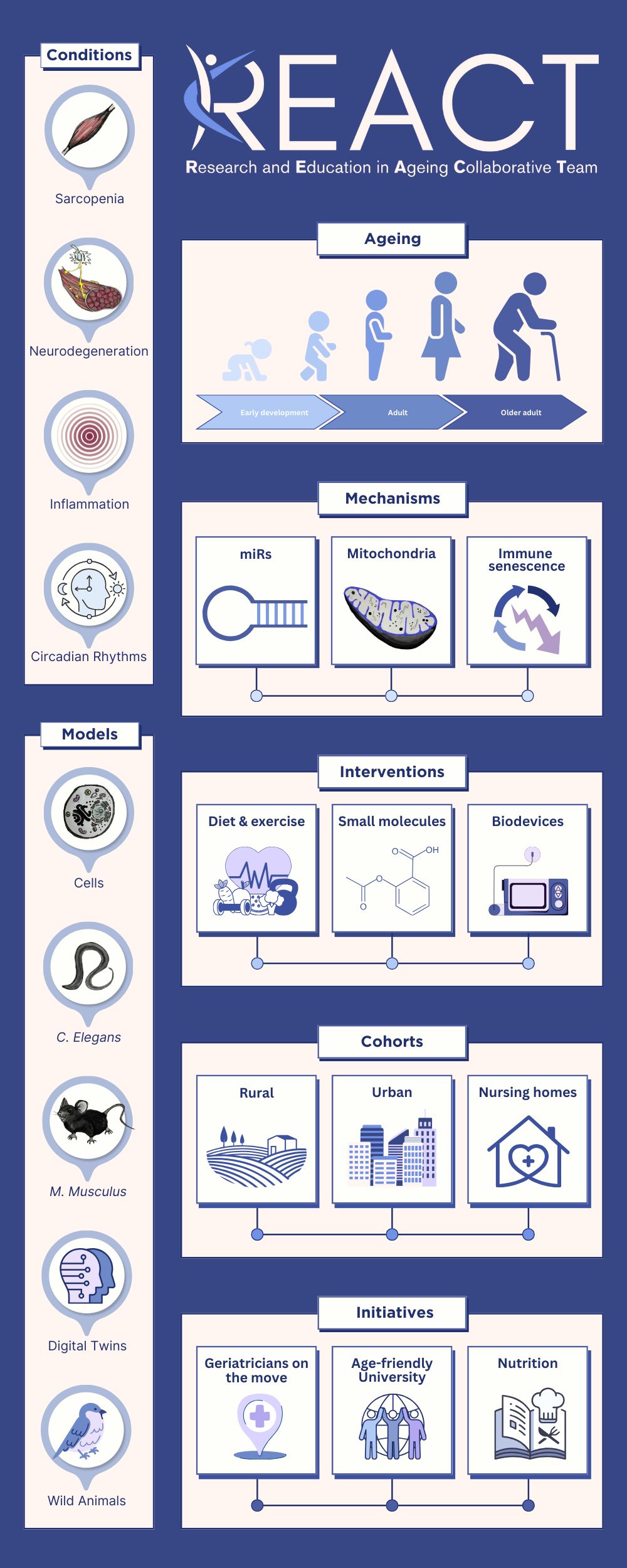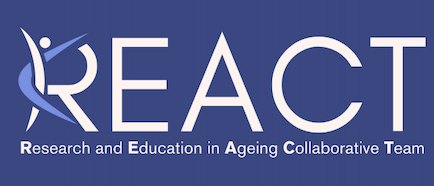
About REACT
Research and Education in Ageing Collaborative Team - a network of interdisciplinary research groups from 6 ENLIGHT Universities (Basque Country, Bern, Galway, Ghent, Groningen, and Tartu).
ENLIGHT Partner Universities
REACT brings together leading universities from across Europe as part of the ENLIGHT network, fostering collaborative ageing research and education.
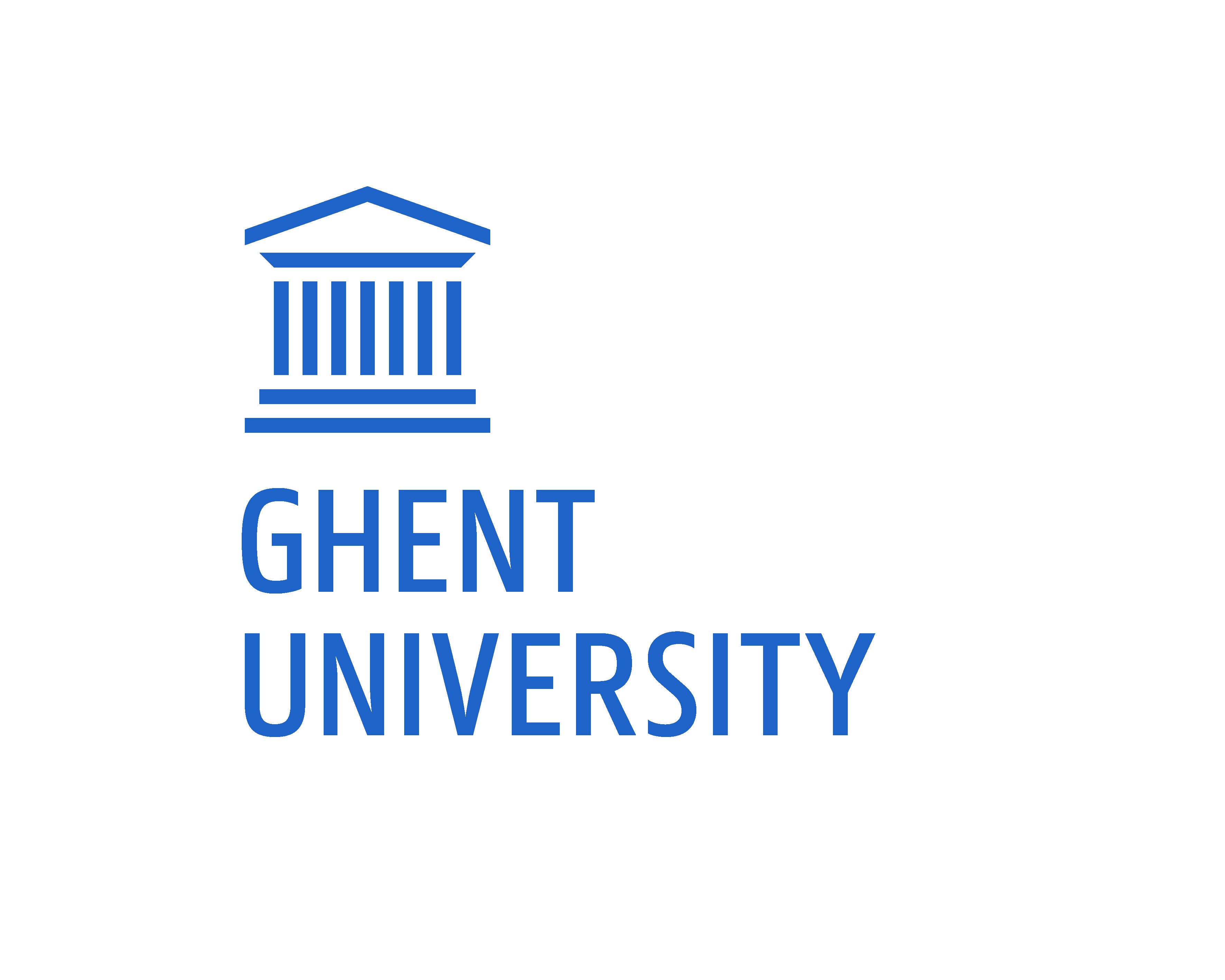
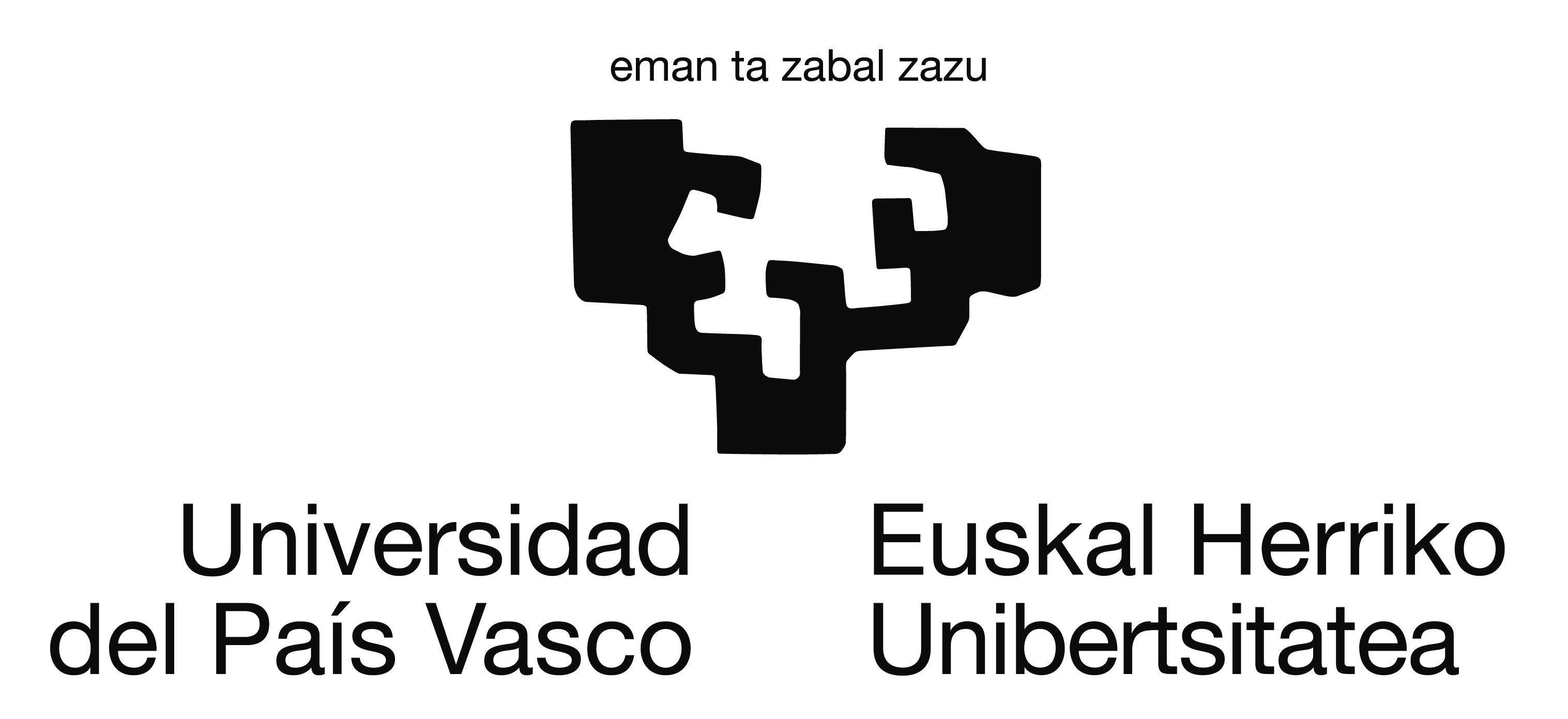
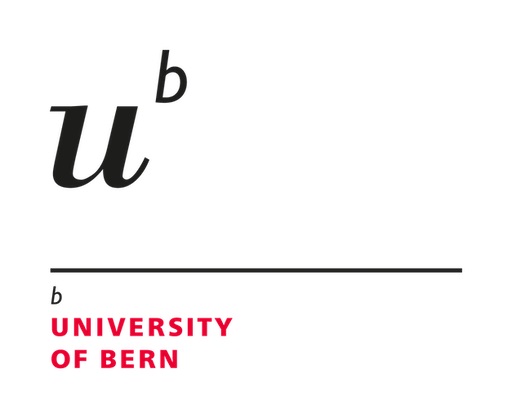
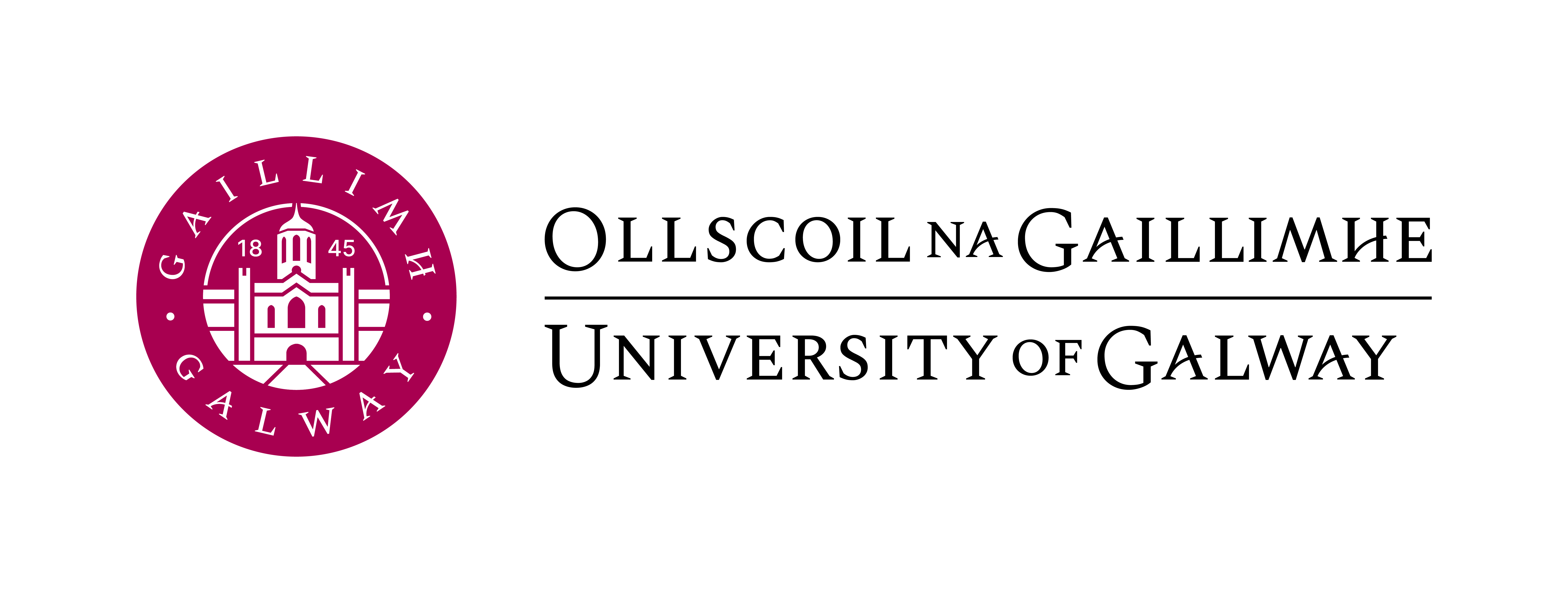

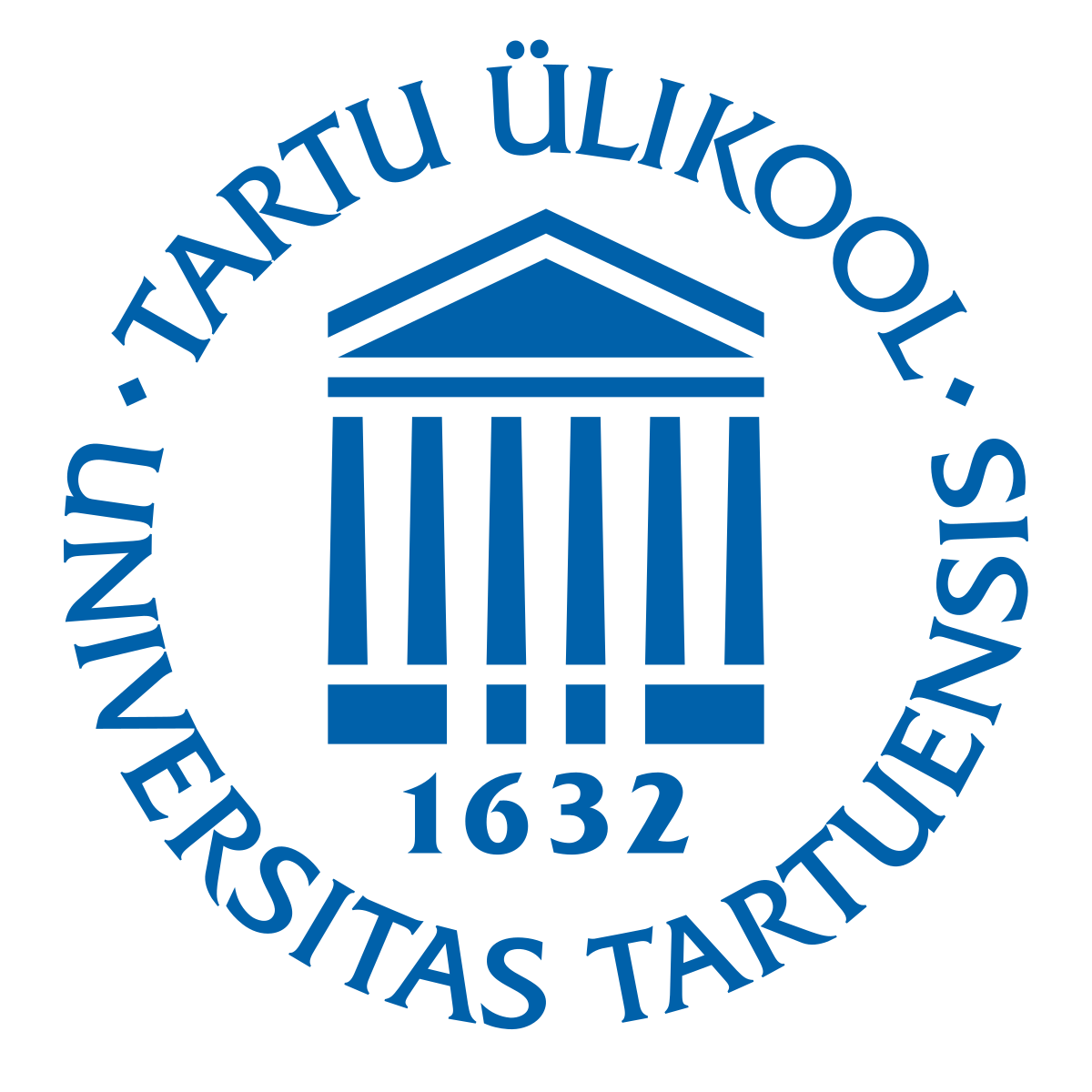
Meet the REACT Lead
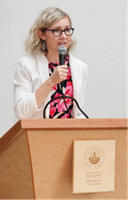
Dr. Katarzyna Goljanek-Whysall
REACT Lead, University of Galway
Dr. Goljanek-Whysall is a Principal Investigator at the University of Galway with expertise in molecular biology and ageing research. As the lead of the REACT network, she drives interdisciplinary collaborations to address the complex challenges of an ageing population.
About us
As Europe's population ages, the total cost of ageing in the EU is estimated to increase from 1.7% to at least 26% of GDP by 2070, largely due to an expected average of 15 years of later life spent in poor health. The negative impact of age-associated conditions on society as a whole is unsustainable, and there is a need to develop interventions and improve understanding of ageing-associated conditions.
The REACT network is working together to address the challenges of the ageing population, through education, research and outreach activities.
The ultimate goal of the network is to positively impact the health and well-being of our ageing society.
Our Collaborative Approach
This infographic illustrates how our network facilitates interdisciplinary research across conditions, mechanisms, models, interventions, cohorts, and initiatives in ageing research.
